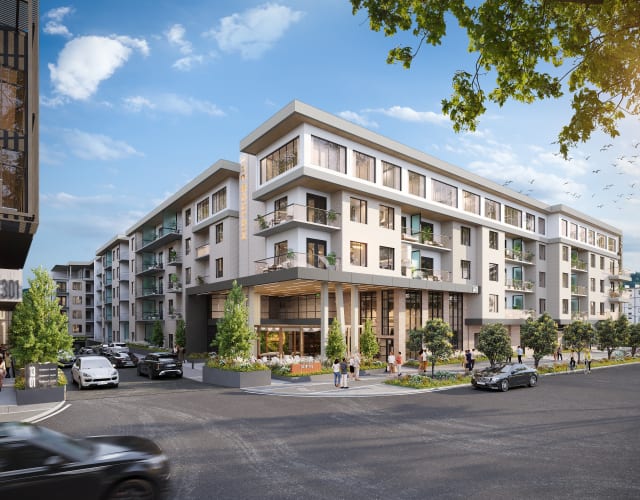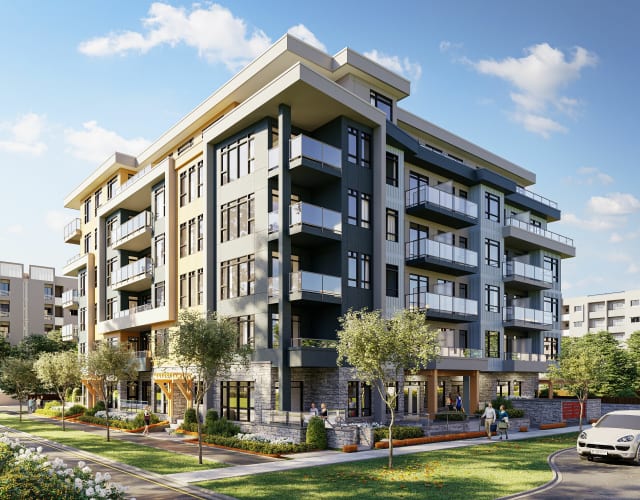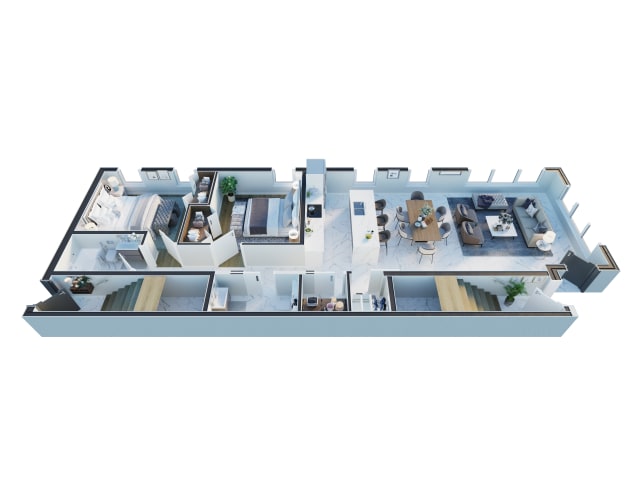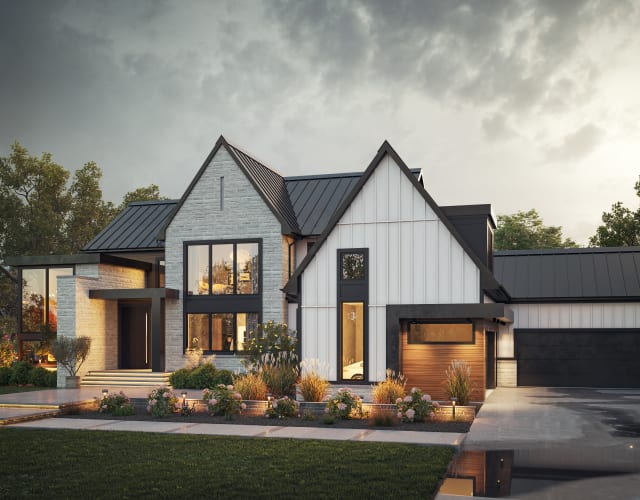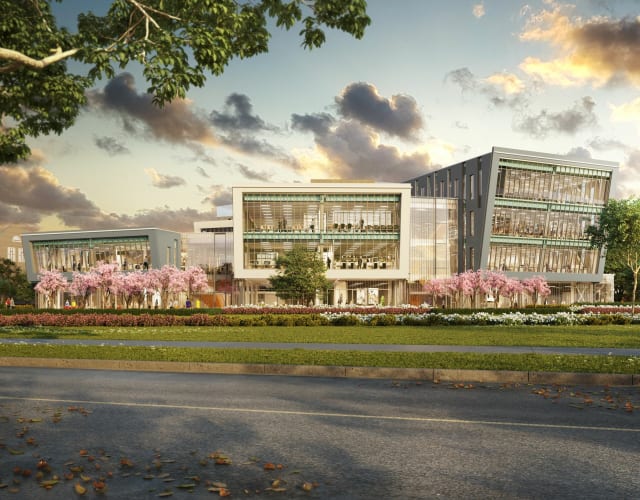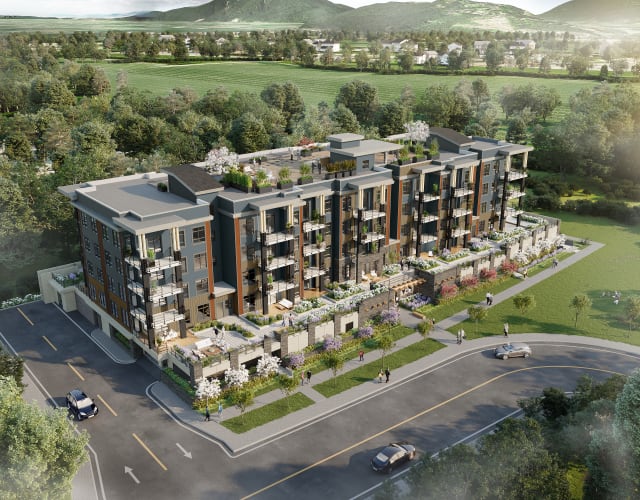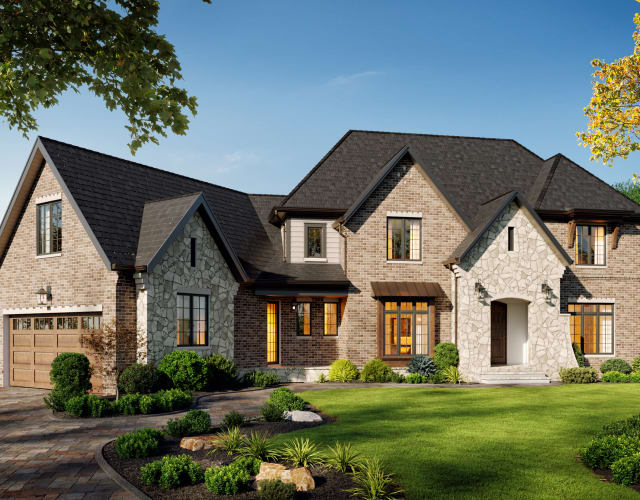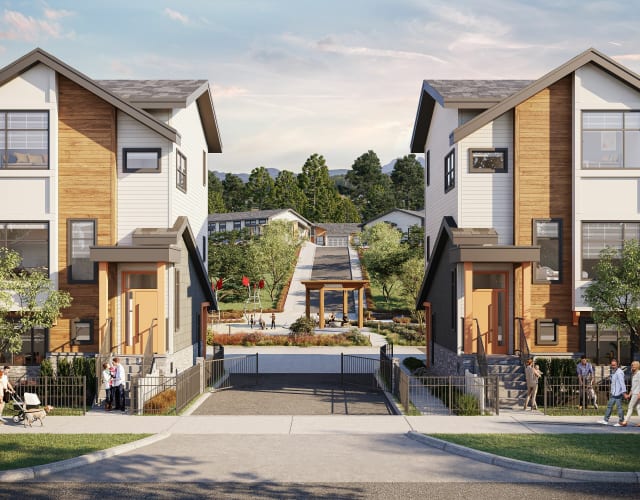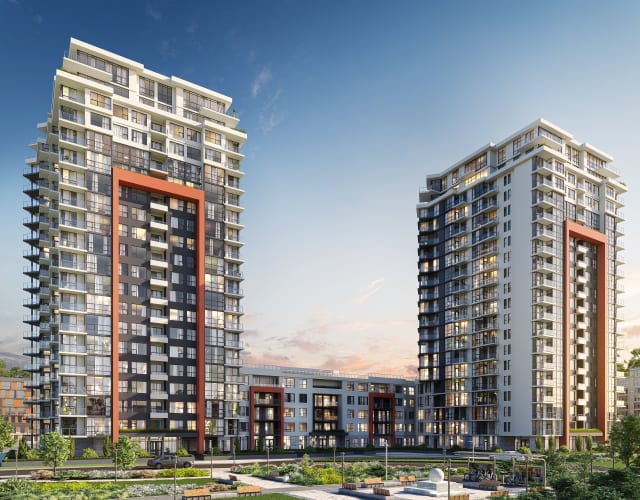AI software for architectural optimization:
by RealSpace
In architectural design, integrating Artificial Intelligence (AI) software is a transformative development, reshaping the way buildings and spaces are conceived and constructed. AI architecture software refers to using machine learning models, algorithms, and data-driven processes to optimize the layout and design of buildings to enhance their functionality, aesthetic appeal, and sustainability. The importance of layout optimization cannot be overstated, as it directly influences a structure's usability, efficiency, and environmental impact. AI technologies are revolutionizing architectural layout planning by automating complex tasks, enabling more accurate simulations, and providing architects with previously unattainable insights.
The Evolution of Architectural Layout Optimization
The journey of architectural design has been marked by continuous evolution, from ancient manual drafting to the modern use of sophisticated design software. Traditional methods relied heavily on the architect's intuition and experience, often resulting in lengthy design phases and substantial resource consumption. The introduction of Computer-Aided Design (CAD) systems marked a significant shift, allowing architects to create more precise and detailed representations of their visions.
The advent of AI in architectural design has ushered in a new era. AI's capacity to process vast amounts of data and learn from outcomes has dramatically changed how architects approach layout optimization. For instance, AI can analyze environmental data, user behavior, and structural requirements to suggest design modifications that optimize energy efficiency and space utilization.
Key AI Technologies Used in Layout Optimization
Machine Learning
Machine Learning (ML), a subset of AI, involves training algorithms to make decisions based on data. In architecture, ML is used to predict outcomes based on historical data, such as optimizing the structural aspects of a building for better thermal performance or enhancing the natural lighting of spaces without compromising on heat gain. For example, an ML model can analyze years of climate data to determine the most effective architectural features for energy conservation in a specific location.
Neural Networks
Neural networks are particularly useful in predictive design, a method that anticipates possible future conditions and their impact on architectural choices. These networks can model complex behaviours and patterns that are difficult for traditional algorithms to handle, such as predicting the lifespan of building materials under various environmental stresses or optimizing pedestrian traffic flow within commercial spaces.
Genetic Algorithms
Genetic algorithms (GAs) simulate evolutionary processes to generate high-quality solutions for complex optimization problems. In architectural design, GAs can explore a vast array of layout permutations quickly and efficiently, identifying optimal solutions that might not be immediately obvious through human analysis. For instance, a genetic algorithm might evolve floor plans to find a design that maximizes available space while minimizing construction costs.
Data-driven Design
The increasing availability of big data has a profound impact on AI-driven architecture. The data-driven design leverages large sets of data from multiple sources — including geographic information systems, user behaviour statistics, and real-time environmental data — to inform and refine architectural decisions. This approach allows architects to base their designs on empirical evidence, leading to buildings that are better suited to their environments and users' needs.
Benefits of AI in Architectural Layout Optimization
Efficiency: Time and Resource Management Improvements
One of the most significant advantages of using AI in architectural layout optimization is the dramatic increase in efficiency. AI algorithms can process complex data and generate design alternatives much faster than traditional methods. This capability significantly reduces the time required for the design phases, allowing for quicker turnaround times on projects. Moreover, AI can help in resource management by optimizing the use of materials and reducing waste. For instance, AI-driven tools can calculate the most efficient configurations of materials to minimize leftovers. They can also schedule tasks to streamline the construction process, potentially lowering labour costs and reducing project timelines.
Precision and Accuracy: Enhanced Accuracy in Simulations and Predictions
AI enhances the precision and accuracy of architectural designs through advanced simulation capabilities. Using AI, architects can create detailed models that simulate various scenarios and environmental impacts, such as sunlight exposure, wind patterns, and energy consumption. These simulations allow architects to predict the performance of their designs with a high degree of accuracy, ensuring that the final structures meet the intended specifications and performance criteria. For example, AI can simulate how natural light will interact with a building throughout the year, allowing adjustments to the design before construction begins to optimize light levels and reduce reliance on artificial lighting.
Customization: Ability to Tailor Designs to Specific Client Needs and Environmental Factors
AI enables a higher degree of customization in architectural designs. By analyzing data from similar projects and specific client preferences, AI tools can suggest design elements that are more closely aligned with the client's needs and desires. Additionally, AI can consider local environmental factors, such as climate and landscape, to tailor designs that integrate seamlessly into their surroundings. This level of customization not only enhances client satisfaction but also improves the functionality and integration of the building within its environment.
Sustainability: AI's Role in Promoting Eco-Friendly Design Choices
AI significantly contributes to sustainable architecture. Through data analysis and predictive modelling, AI tools can optimize building designs for energy efficiency, reducing the carbon footprint of new constructions. AI can recommend materials and strategies that improve insulation, reduce energy consumption, and incorporate renewable energy sources. Furthermore, AI can help maintain and operate buildings by monitoring energy usage and suggesting adjustments to reduce waste. This proactive approach to sustainability is essential as the industry moves towards greener practices.
Overall, the integration of AI in architectural layout optimization offers profound benefits that not only streamline the design process but also enhance the quality, sustainability, and personalization of architectural projects. As AI technology continues to advance, its role in architecture is set to become even more pivotal, promising smarter, more adaptive buildings designed for both efficiency and sustainability.
AI Layout optimization software currently available
- Automated Plan Generation: Quickly produces multiple architectural plans by analyzing environmental data and client needs.
- Pattern Recognition: Utilizes advanced algorithms to recognize and apply successful design patterns and trends.
- Collaborative Tools: Facilitates real-time collaboration among team members, enhancing project communication and iteration.
- Integration Capabilities: Seamlessly integrates with other design and analysis tools to create a comprehensive design environment.
- Optimized Floor Plans: Automatically generates floor plans that maximize space utilization and adhere to design standards.
- Automated Cost Estimation: Provides immediate cost projections to help keep projects within budget from early stages.
- Smart 3D Rendering: Delivers high-quality renderings for presentations and design validation, enhancing visual communication.
- Interactive Design Adjustments: Allows designers to make on-the-fly adjustments and instantly see potential impacts.
- Customized Design Generation: Quickly produces tailored designs based on specific site conditions and regulatory constraints.
- Rapid Prototyping: Enables fast generation of multiple design variants, speeding up the initial phases of the design process.
- Regulation Compliance: Automatically checks designs against local and international regulations to ensure compliance.
- Client-Specific Tailoring: Adapts designs to meet the unique preferences and requirements of each client.
- Data-Driven Decision Making: Leverages large data sets to make informed decisions about site use, environmental impact, and urban context.
- Scenario Testing: Offers tools to simulate and compare different design scenarios to find the optimal solution before committing to a plan.
- Energy Efficiency Optimization: Focuses on sustainability by predicting and enhancing the energy efficiency of buildings.
- Cloud-Based Collaboration: Provides a platform for team members from different locations to work together, ensuring consistency and accessibility.
- Urban Innovation: Focuses on integrating cutting-edge technologies to improve urban infrastructure and services.
- Data Integration: Collects and analyzes urban data to inform better city planning and management decisions.
- Sustainability Tools: Offers tools specifically designed to enhance the environmental sustainability of urban projects.
- Public Space Enhancement: Develop solutions that optimize the use of public spaces for greater community benefit.
- Spatial Data Analysis: Analyzes complex spatial configurations to optimize building layout and urban design.
- Behavioural Insights: Uses human behaviour data to inform more intuitive and efficient designs.
- Traffic Flow Simulation: Simulates pedestrian and vehicular traffic to predict and mitigate congestion within designs.
- Design Impact Simulation: Offers tools to forecast the social and economic impacts of architectural and urban planning decisions.
These AI tools collectively offer a broad spectrum of capabilities that enable architects and urban planners to push the boundaries of traditional design and planning practices, ensuring that projects are not only innovative and aesthetically pleasing but also functional, efficient, and sustainable.
Challenges and Limitations of AI in Architecture
Technical Limitations
While transformative, AI technologies are not without their limitations. One of the key technical challenges is the complexity and quality of data required. AI systems rely heavily on data to learn and make predictions. Obtaining detailed and comprehensive data about building performance, user interaction, and environmental impact can be difficult in architecture. Moreover, the AI models can sometimes be black boxes, offering little insight into how decisions are made, which can be a critical drawback when decisions must be justified to clients or planning authorities.
Another technical limitation is the integration of AI tools with existing software. Many architectural firms use a variety of design tools, and AI applications may not always seamlessly integrate with these, potentially leading to inefficiencies rather than improvements. Additionally, the processing power required to run sophisticated AI models can be substantial, which may necessitate significant IT infrastructure upgrades that some firms might find prohibitive.
Cost Implications
The adoption of AI in architecture also presents significant cost implications, particularly for small to medium-sized firms. The initial cost of acquiring state-of-the-art AI tools can be high in terms of software and the hardware needed to support them. Furthermore, ongoing training and updates to these tools is often needed, which can entail additional costs.
For smaller firms, these costs can be a significant barrier to adoption, potentially widening the gap between large firms that can afford such technologies and smaller ones that cannot. This economic impact can influence the competitive landscape in the architectural industry, possibly leading to a market where only those who can afford to keep up with technology can thrive.
Resistance to Change
Resistance to change within the architectural community can further complicate the adoption of AI technologies. Many in the field cling to traditional design and project management methods, either due to skepticism about new technologies or a lack of understanding of how AI can be applied effectively in their work. This resistance is often rooted in a fear of the unknown, concerns over job security, and the belief that technology cannot replace the human creative process.
Moreover, the shift to AI-driven design processes requires a change in architects' skill sets. There is a need for professionals who are not only skilled in architecture but also proficient in data science and AI technology. The industry faces the challenge of training current professionals while adjusting educational curricula to prepare future architects.
Conclusion
Despite these challenges, AI's transformative potential in architecture cannot be overstated. AI technologies offer unprecedented design efficiency, precision, and customization capabilities, facilitating more sustainable and innovative architectural solutions. As these tools continue to evolve, they are set to redefine what is possible in the field of architecture.
However, to fully leverage AI's benefits, the architectural community must commit to continual learning and adaptation. This involves keeping abreast of technological advancements and embracing a culture of innovation where traditional practices are continually questioned and refined.
For the architectural industry to thrive in the age of AI, it is imperative that both individual professionals and firms embrace these technologies. Doing so will not only enhance their competitive edge but will also ensure that they are capable of meeting the increasingly complex demands of modern architectural projects. As we move forward, integrating AI into architecture promises better buildings and more thoughtful, efficient, and sustainable environments that better serve the human experience.





